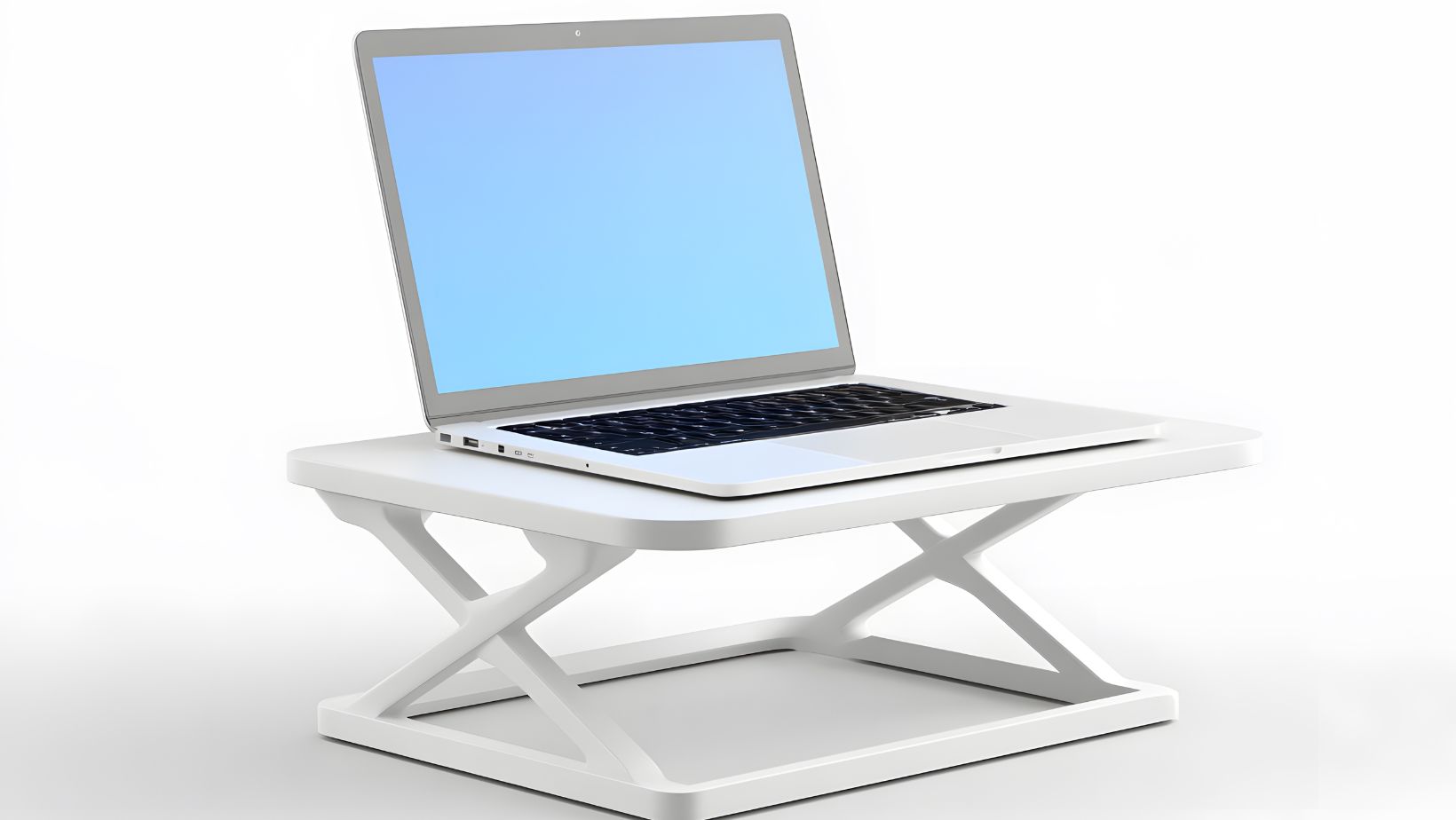Replacement feels easy; real value hides in parts and patience. Many devices outlive first impressions when storage breathes, batteries regain capacity, and ergonomics stop nagging. An upgrade-first mindset saves budget, trims e-waste, and often produces a tool that feels more personal than anything sealed in a factory box.
Choosing the right swap resembles a careful run in the diamond mine game: small, well-timed picks uncover bright gains while reckless moves collapse the tunnel. The rule is simple. Upgrade what touches speed, stamina, or comfort. Ignore glitter that adds complexity without changing the day.
High-ROI Swaps That Outlive the Hype
- Fresh battery modules: Phones and laptops regain charge cycles, peak performance, and cooler operation when chemistry resets.
- Solid-state storage with real bandwidth: NVMe in laptops or fast UHS-II/CFexpress cards in cameras shorten load times and unlock higher bitrates.
- Memory headroom: A modest RAM bump frees browsers, editors, and VMs from swap purgatory.
- Thermal service: Dust removal and quality paste or pads restore clocks that throttling stole.
- Audio interfaces, pads, and tips: New earpads, foam tips, or a tiny USB DAC elevate comfort and clarity more than spec sheets imply.
- Network backbone: Mesh Wi-Fi nodes or a modern router stabilize calls, streams, and cloud sync better than any single-device tweak.
- Input and view: Calibrated monitor, external keyboard, or precision mouse turns effort into accuracy with zero silicon risk.
These swaps change everyday rhythm. A phone that lasts from breakfast to bedtime stops demanding power-bank rituals. A laptop that stays cool sustains turbo clocks during renders. A camera that writes to faster media stops dropping frames at critical moments. The return shows up not in benchmarks but in minutes reclaimed from waiting.
Fit, Feel, and Flow: The Invisible Upgrades
Comfort multiplies performance. A laptop stand sets a neutral neck angle and unlocks airflow. A matte screen protector tames reflections on trains. A wrist-friendly mouse or a low-profile keyboard reduces strain so longer sessions stay sharp. Cable discipline matters more than posters admit. Short, certified leads and one tidy hub quiet desk noise, reduce random disconnects, and protect ports from fatigue.

Software earns a turn as well. A clean OS install, fewer autostart apps, and sensible power profiles remove stutter without touching hardware. Firmware updates fix camera color shifts, controller latency, and battery miscalibration. Many brands publish service manuals and parts catalogs; those pages are treasure maps for longevity.
When To Skip the Screwdriver
- Soldered memory and storage traps: No future expansion means the ceiling arrives early.
- Scarce parts and sealed glass: Fragile adhesives, no gaskets, and mystery screws turn a cheap battery into an expensive gamble.
- Cosmetic swaps over substance: New skins and RGB strips change photos, not workflow.
- Proprietary chargers and hot bricks: Odd voltages and weak protection age cells and invite throttling.
- Minor sensors as excuses: Add-on gimmicks that create graphs without guiding real decisions belong low on the list.
- Motherboard replacements priced like new gear: At that point, migration beats repair unless data recovery is the mission.
Walking away is part of upgrading wisdom. Some designs resist service or hide costs behind polished marketing. Money moves further when directed toward flexible systems and honest spare-part ecosystems. A shortlist of brands with documented repair paths becomes a long-term ally.
Cameras, Consoles, and Phones: Targeted Moves That Pay
Imaging rigs thrive on stability and glass. A sturdy cage with cold shoes, a variable ND, and a high-speed card do more for footage than chasing marginal sensor upgrades. Console owners win with storage and silence: an SSD for load screens, new fan curves through official profiles, and dust control. Phones respond best to batteries, storage hygiene, and optics care. A replacement battery, a fast yet cool charger that respects USB-PD standards, and a lens kit or even just a pocket microfiber cloth produce cleaner photos than any “AI sharpness” toggle.
Audio deserves its own lane. New earpads rescue over-ears from flaking misery and restore seal for bass accuracy. Custom-size IEM tips improve comfort and isolation on flights, which quietly enhances health and focus. A small inline DAC removes motherboard hiss from laptops and games consoles alike.
A Simple Roadmap From Tired To Terrific
Start with diagnosis, not desire. List bottlenecks by sensation: slow to open, hot under load, dead by dinner, loud at idle, blurry in sun. Tie each symptom to a likely fix from the high-ROI set. Check service guides and parts prices next, including tools and gaskets. If waterproofing matters, plan on fresh seals.
Back up data. Stage the work. Replace one variable at a time so results stay legible. After hardware, schedule a software cleanup and firmware pass. Finish with ergonomics: stand height, chair angle, lighting, and cable paths. The combination matters. A cool machine with a strained wrist still ruins a week.
Expect a learning curve. New batteries want a few full cycles to settle estimates. Fresh thermal paste may need a day to bleed in. Mesh networks benefit from careful node placement away from microwaves and mirrors. Patience beats constant tweaking.
The Short Verdict
Upgrades turn sunk cost into compound interest. Batteries, storage, thermals, networks, audio comfort, and honest input gear push quality of life upward without chasing a new box. Skipping hard-to-service traps and gimmicks protects budget and time. With a measured plan, a familiar gadget stops limping and starts performing like a tailored tool, quietly efficient, easy to live with, and ready for a few more seasons of work.
